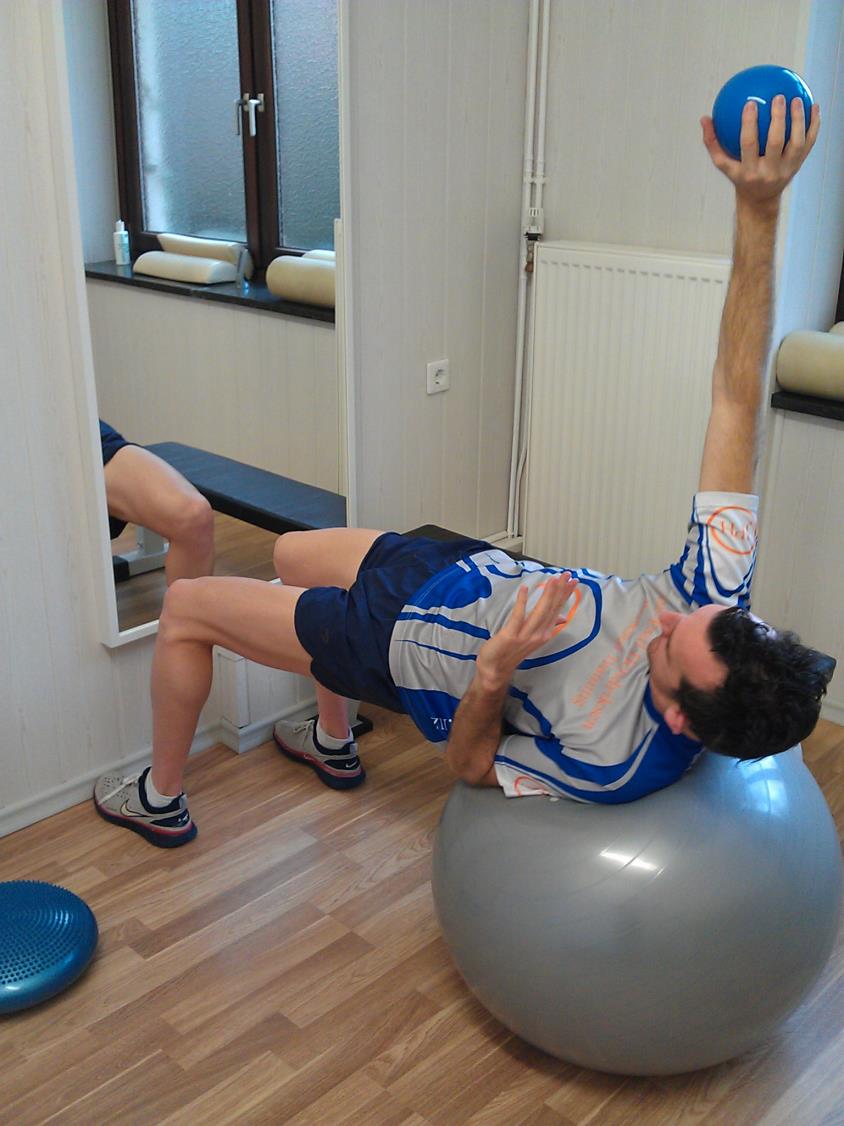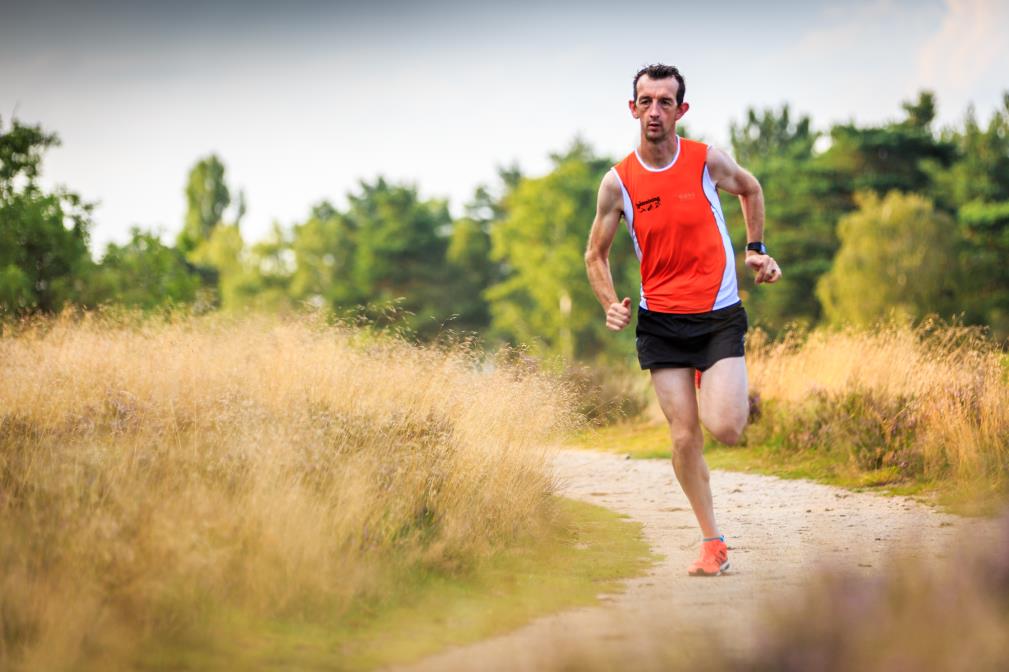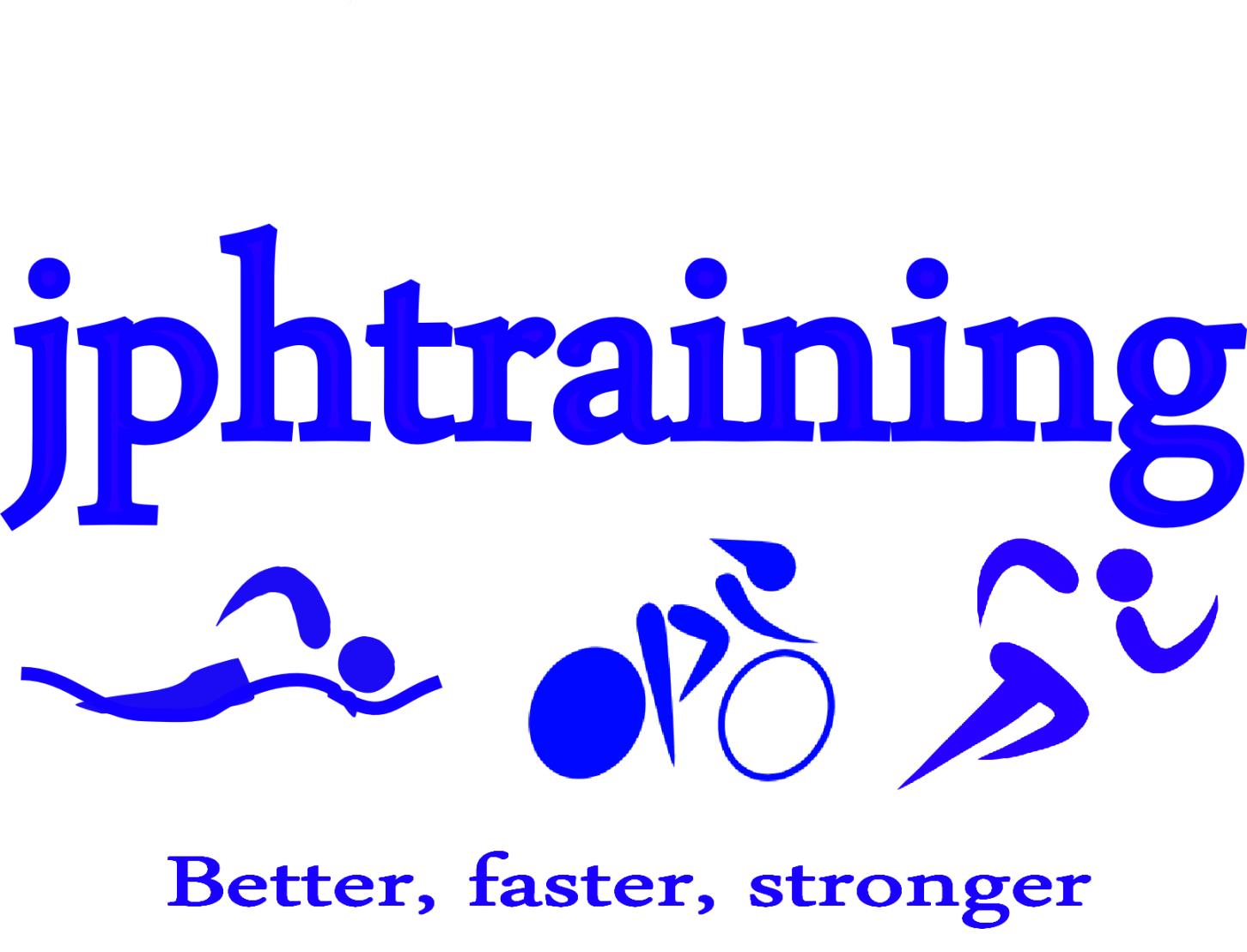Strength = Speed
Training, November 13, 2015
We all want to become fitter, leaner, and or faster. We buy books, read countless online articles, or browse the magazines at the local bookstore for the newest trend or tip. However, could we be over-thinking things and forgetting to look at the simple facts? Get strong and you will get fast..
Everyone wants to get fitter,faster, or leaner, and they're always looking at new or easier ways to do so. If they weren't there would not be a market for the sports, health, and fitness magazines that are published monthly with headlines claiming,"become the new you ","be faster for summer " or "fitter than ever before". So is there a secret? Yes. Is it new? No. The answer is to get stronger, and head to the hills.
Obviously coming from a gym based Personal Training background I've witnessed my clients become stronger,fitter, and leaner by doing resistance training in the gym, but is that the answer to everyone? Probably not. 
So what is?
Well before giving that away it's important to establish why strength is important. When we are stronger we can perform a task more often, overcome more resistance, perform a greater range of motion, and produce more force so that we can move faster, and more. Having more strength is generally coupled with having more lean muscle mass,which will increase our energy demands during the day..
This in return makes it easier to have a negative energy intake which of course makes it easier to reduce our excess body fat, as the body will use that as a fuel source.
Therefore, we are getting leaner, but what about fit and fast?
In order to get fitter we need to give the body enough training stimulus that it will adapt from this new workload
Without changing how we train our fitness will stagnate and our so will our performances.
Adding new stimulus does not have to be as complicated as it sounds. For some people it is as simple as lengthening a training session by 5%. For those that have several sessions of good training behind them the answer is not as easy . But rather than spending hours reading articles about the newest way to train better maybe it would make more sense to return to nature.
As I said earlier our body needs new stimulus or overload in order to have a positive training effect and the easiest way to get that is to run (or ride,but that was never a Song Title) to the hills. Hills are great because the change of gradient enables us to work differently (and mostly that is harder) This in turn forces our muscles to work a lot more to maintain rhythm or a lot harder to maintain the same pace. Obviously just like training in the gym there are restrictions. Not all hillwork is beneficial and running uphill everyday is not going to produce never ending returns. However, I do see the use of hills as the easiest and best way to provide a new training stimulus in a controlled way without any great risk. Athletes do need to be careful when they begin to run more downhills, as when running downhill with a poor technique will produce a huge increase in stress on impact.

This hillwork will not only make you fitter, but it will also make you stronger. Being strong is one of the foundation stones for becoming faster. In order to become faster we need to produce more force to perform a greater movement. In running this means being able to push off and driving forward, in cycling this means being able to push a bigger gear, and in swimming it means being able to pull more through water. Almost everyone could move well over a short period of time, but the difference is being able to repeat this movement over and over again.
These athletes aren't necessary more talented or "naturals" they are just better trained and stronger. Without this strength endurance we just can't repeatedly produce enough force to keep moving well or fast.
Generally when people try to get faster they perform structured or unstructured interval training. A classic running example would be 10-12*400m or in cycling 4* 5 minutes. However, the problem is that most people perform these intervals too fast. They either start the intervals too fast and can't sustain the same speed from the first interval until the last interval, or they perform the intervals at a faster speed than their actual personal level of fitness or personal best times, and therefore train in a different intensity zone, which results in a faster training session, but despite having many " best ever" sessions in preparation for a race they drastically underperform in the race. The reason is quite simple 12 x 400m @ 10km race pace is not the same as 10000m and the break in between intervals makes repeating the speed easier.
One of New Zealand's best 5000 and 10000m runners, Robbie Johnson once said one of his favourite sessions was 25 x 400m @ 70 sec/ 400m without a break. That's 10000m in 29:10. I 'm not sure how much humour was intended in this statement, but there is a lot of truth in it. If you are trying to run one minute faster in a race you should be able to hold a pace a little slower over the same distance in training. Longer intervals or time trials show us what our real form is, because we can't take a short cut or race fast multiple times and just try to calculate that up and say if I hold that pace over 10 times the distance I'll have a new personal best. With short intervals we rarely test our strength, but in races we do.
How often is it that we hear from people that it was going really well until the last 20-30% and then I couldn't push the same gear or their stride shortened up?
Personally I've experienced it. When I was cycling competitive and had progressed from the junior to the senior ranks I was not strong enough to race with the top riders over distances over 130km. I'm not talking about beating them. I just mean keeping up with them and trying to be in the front group at the end. When we analysed my performance afterwards we would see that my cadence would drop off before I got dropped. It was a sign that my strength endurance was not good enough. I couldn't push the same gear at the same speed anymore. It was not that the pace was too high as my heart rate was steady and was still dropping down everytime there was an easy period e.g a downhill or a lapse in pace within a marathon.
With running it is just as easy to analyse our performances whether in training or races. Like on the bike we can use our stride rate and/or stride length to see a drop-off in strength. However, not many people run with a stride sensor, but as long as the course remains constant you can use pace and heart rate as a gauge to monitor strength endurance. If your pace is dropping, but your heart rate is staying the same rate or if your heart rate is climbing in order to maintain the pace it's a good sign that your strength is fading, and as a result your stride length shortens leading to your pace dropping and your heart rate staying the same, or in order to maintain pace you have to increase your stride rate in order maintain pace, and this naturally increases your heart rate. Of course if the temperature has climbed drastically during the event this would cause the heart rate to climb and is not a sign of a lack of strength. It's just getting hot in here.
So it's pretty clear that getting stronger will make a difference, so why are so many people worrying about the newest interval sensation? If you are constantly fading at the end of the race it is not your speed that is letting you down. It could just be your lack of strength endurance that either reduces your ability to work at the same level or leaves you wasting energy through instability.
Either way before you plan your training for the next big goal have a good think about what is working and what isn’t working. It could be that a slight tweak in how you are training can result in a new personal best without requiring to invest even more precious time.
